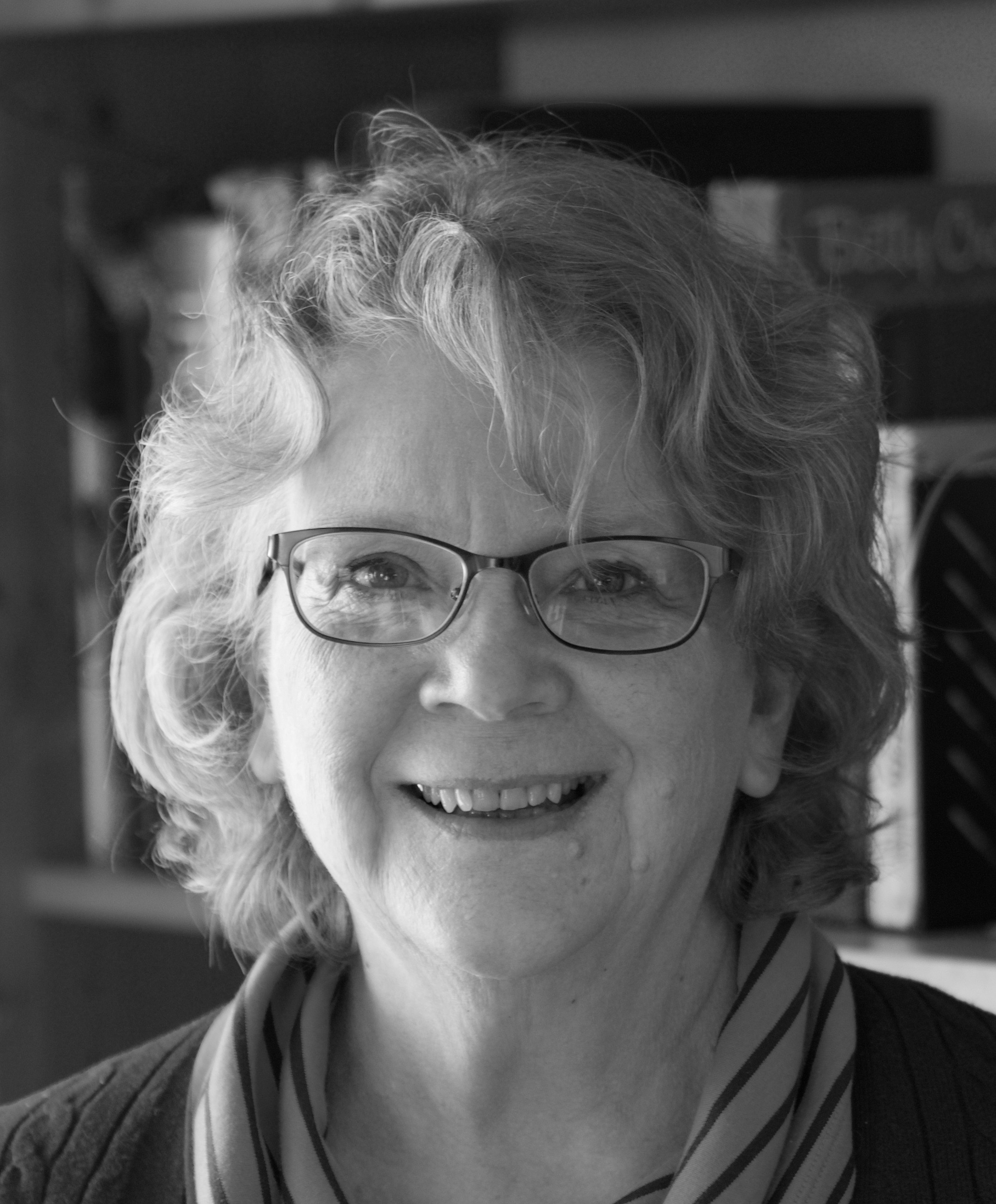You thought I was done with the “im” words, didn’t you? You would be wrong.
image of God
(or, for the lovers of Latin, imago Dei.) A phrase used in scripture in reference to humankind as created by God and as distinguished from other creatures. Throughout history, there have been many different ideas as to what it means to be created in God’s image, but the bottom line is that in some way (or ways), human beings are like God and represent him.
- From the Bible:
Then God said,”Let us make man in our image, after our likeness. And let them have dominion over the fish of the sea and over the birds of the heavens and over the livestock and over all the earth and over every creeping thing that creeps on the earth.”
So God created man in his own image,
in the image of God he created him;
male and female he created them.
And God blessed them. And God said to them, “Be fruitful and multiply and fill the earth and subdue it and have dominion over the fish of the sea and over the birds of the heavens and over every living thing that moves on the earth.” And God said, “Behold, I have given you every plant yielding seed that is on the face of all the earth, and every tree with seed in its fruit. You shall have them for food. And to every beast of the earth and to every bird of the heavens and to everything that creeps on the earth, everything that has the breath of life, I have given every green plant for food.” And it was so. And God saw everything that he had made, and behold, it was very good. (Genesis 1:26-31 ESV)
- From John Calvin, Institutes of the Christian Religion, I.3:
[T]he image of God extends to everything in which the nature of man surpasses that of all other species of animals. Accordingly, by this term is denoted the integrity with which Adam was endued when his intellect was clear, his affections subordinated to reason, all his senses duly regulated, and when he truly ascribed all his excellence to the admirable gifts of his Maker. And though the primary seat of the divine image was in the mind and the heart, or in the soul and its powers, there was no part even of the body in which some rays of glory did not shine. It is certain that in every part of the world some lineaments of divine glory are beheld and hence we may infer, that when his image is placed in man, there is a kind of tacit antithesis, as it were, setting man apart from the crowd, and exalting him above all the other creatures.
- John Frame, in Men and Women in the Image of God:
[E]verything we are is like God. We are the image of God (1 Corinthians 11:7). To say we are “in” God’s image is to say that are made “to be” the image of God.
I would infer that everything we are reflects God in some way, though of course everything we are is also different from God! Our souls, bodies, reason, will, goodness are like God, but also unlike him, for He is the Creator, paradigm and infinite exemplar of these qualities. Even sin images God in perverse sorts of ways. In sinning, Eve sought to be like God (Genesis 3:5), not by imitating His goodness, but by coveting His prerogatives. And all sin is moral decision, a faculty that we share uniquely with God and the angels.
So human nature itself is the image of God. But more must be said. The fact that we image God in the totality of our being does not discourage but rather encourages us to find more specific kinds of correspondence.
Learn more:
- BeThinking.org: What is the Image of God? by Peter May
- New Link!: Justin Taylor: The Image of God - A Primer
- Kim Riddlebarger: Divine Image Bearers
- Bruce Ware: Male and Female Complementarity and the Image of God
- Wayne Grudem: Creation of Man in the Image of God (mp3)
Do you have a a theological term you’d like to see featured here as a Theological Term of the Week? If you email it to me, I’ll seriously consider using it, giving you credit for the suggestion and linking back to your blog when I do.
Clicking on the Theological Term graphic at the top of this post will take you to a list of all the previous theological terms in alphabetical order.
 Wednesday, August 20, 2008 at 12:41PM
Wednesday, August 20, 2008 at 12:41PM 

